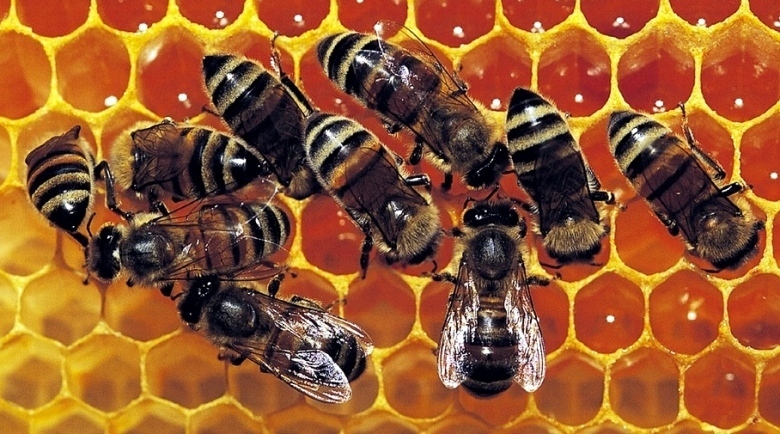
Bees in the US have declined in many farming areas according to the first national effort to map their numbers. The study suggests that between 2008 and 2013, the numbers of wild bees went down across almost a quarter of the US. The conversion of land to grow corn for biofuels is a key element in the decline.
If the trend continues say the scientists, it could drive up costs and destabilise crop production. Wild bees play an important role in pollinating many US crops and plants. It’s estimated that they contribute around $3bn to the value of agriculture every year.
In 2014, President Obama issued a memorandum calling for an assessment of the state of honey and wild bees across the US, in the face of an increasing number of threats such as colony collapse disorder.
To map the abundance of wild bees across the country, this model combines a number of databases with expert opinion.
The results show that numbers of wild bees likely declined by 23% between 2008 and 2013 in key agricultural regions in California, the Midwest, in Great Plains states and in the Mississippi river valley.
The study also showed that 39% of US croplands that depend on pollinators are suffering a significant mismatch between the demand for pollination and the supply of bees.
The most important reason for the decline in numbers according to the authors is the increased demand for biofuels, which has seen more land turned over to growing grains. US law requires that all gasoline sold contains at least 10% ethanol, mostly made from corn.
In the areas that have seen the most serious reduction in wild bees, there have been 200% increases in the amount of corn planted.
